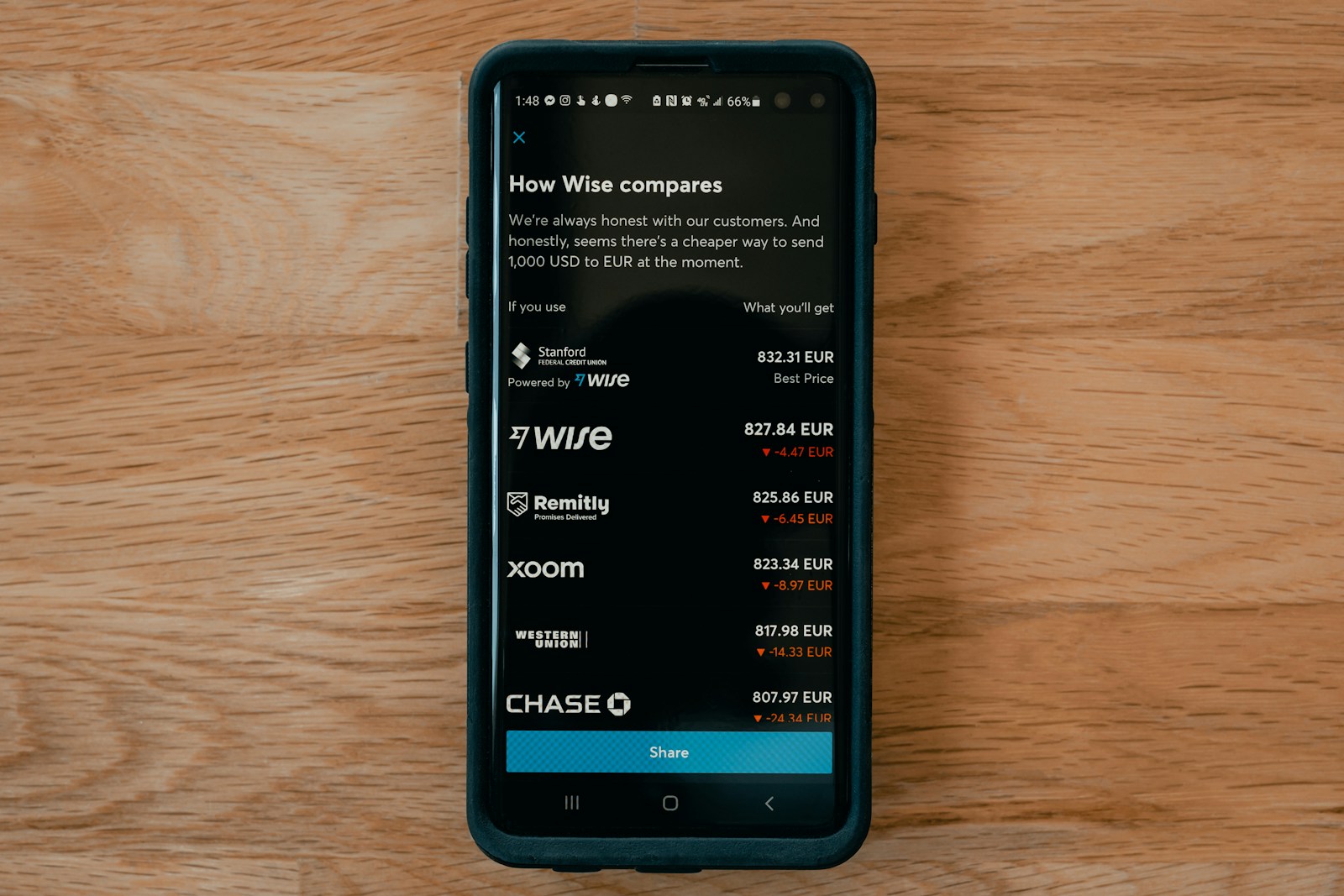Start by categorizing all important papers related to finances into clear groups: receipts, invoices, bank statements, tax forms, and investment records. Keeping physical copies in labeled folders helps avoid misplaced documents. For example, use separate binders or accordion files dedicated to each category, ensuring quick access when needed.
Transitioning some records into digital formats can save space and enhance searchability. Scanning paper documents and storing them in organized folders on a secure cloud service allows easy retrieval from multiple devices. Naming files with dates and brief descriptions–like “2024_Tax_Return” or “March_Invoice_123″–makes tracking simpler over time.
Implementing regular reviews of financial data is key for accuracy. Set up a monthly routine to check bank statements against your logs or spreadsheets to catch discrepancies early. Use budgeting apps or simple templates that automatically update expenses and income, providing a clear overview without manual calculations.
Efficient Financial Record Management: Organizing and Monitoring Tools
To maintain control over your finances, implementing reliable methods for storing and monitoring monetary information is critical. Using structured approaches to cataloging financial papers alongside software solutions ensures that transaction histories, invoices, and receipts remain accessible and verifiable. This approach reduces errors in budget assessments and tax reporting.
Modern solutions rely heavily on automated tracking mechanisms embedded within accounting platforms or blockchain-ledger technologies. These tools capture every movement of funds with timestamps and cryptographic proof, enabling transparent audit trails. Proper classification and indexing of records facilitate quick retrieval during financial reviews or compliance audits.
Approaches to Systematic Document Storage
An effective archive must combine both physical document management and electronic data repositories. For instance, scanned copies stored in encrypted cloud environments prevent loss due to hardware failures while allowing remote access. Meanwhile, original contracts or legal documents should be kept in fireproof safes or secured filing cabinets labeled according to standardized categories such as date, type of transaction, or counterparty.
Implementing hierarchical folder structures within digital environments promotes clarity. Grouping files by fiscal year, transaction category (e.g., income, expenditure), or project enhances workflow efficiency. Utilizing metadata tags further refines search capabilities by keywords like invoice number or payment status.
Technologies Facilitating Precise Finance Monitoring
- Blockchain ledgers: Provide immutable records ensuring no retroactive alterations in fund movements.
- Financial management software: Automate synchronization between bank statements and internal bookkeeping entries.
- Optical Character Recognition (OCR): Converts paper receipts into searchable text for easier integration into databases.
This technological ecosystem supports continuous reconciliation processes where discrepancies are flagged automatically for human review, thus maintaining accuracy without manual data entry overload.
Case Study: Implementing a Hybrid Tracking Framework
A mid-sized enterprise integrated cloud-based ledger technology with traditional paper logs to oversee vendor payments. By assigning unique identifiers to each payment request form scanned into the system, they reduced processing times by 30%. Additionally, real-time dashboards provided finance teams with up-to-date cash flow visuals derived from cross-checked digital records and physical approval stamps.
Troubleshooting Common Challenges in Financial Data Management
Mismatched records often arise from inconsistent naming conventions or delays in updating entries after transactions occur. To mitigate this, establish uniform protocols for inputting data immediately following each financial event. Training personnel on these standards ensures fewer discrepancies during audits or reconciliations.
Additionally, regular backups of both physical scans and database exports protect against accidental deletions or corruption of sensitive monetary information. A scheduled review process–monthly or quarterly–is advisable to verify completeness of stored files versus actual account activity logged by financial institutions.
User-Friendly Tips for Newcomers Managing Their Finances Digitally
- Create a dedicated folder on your computer strictly for expense receipts scanned after purchases.
- Select personal finance apps that allow linking bank accounts directly; this eliminates manual entry mistakes.
- If handling cryptocurrency assets, leverage wallet software providing exportable transaction history files compatible with tax preparation tools.
- Avoid mixing unrelated documents; maintain separate folders named clearly by purpose (tax returns vs investment summaries).
This stepwise methodology builds confidence gradually while avoiding overwhelm through complexity. Clear documentation habits coupled with supportive technology form a foundation anyone can develop toward sustaining precise fiscal accountability across multiple asset types.
Setting up Document Categories
Start by dividing your records into distinct categories based on their purpose and format. For instance, separate transactional data from contractual agreements or audit reports. This clear delineation improves retrieval speed and minimizes errors during referencing. Consider labeling folders with specific tags such as investment records, tax documents, or compliance certificates, which helps maintain clarity within the organizational structure.
Implementing a multi-tier classification enhances the granularity of your archive. For example, within investment records, you might create subfolders for cryptocurrency purchases, staking rewards, and wallet addresses documentation. This hierarchical method supports granular monitoring and simplifies updates when new documents arrive, particularly in environments with frequent blockchain transactions.
Optimizing Digital Storage with Metadata
Leveraging metadata for each file boosts searchability beyond simple folder names. Attach key attributes like date, transaction ID, involved parties, and document type to your electronic files. Systems supporting extensible metadata allow quick filtering without opening individual items. This technique is common in advanced record-keeping platforms used by financial institutions to track blockchain activity efficiently.
An example case involves using a document management system that integrates with APIs pulling live data from blockchain explorers. Documents linked to specific wallet addresses can be automatically tagged with transaction timestamps and amounts. Such synchronization reduces manual input errors and provides real-time insights into asset movements.
Balancing Physical and Electronic Records
In many situations, retaining physical copies of certain documents remains necessary–for instance, notarized contracts or printed audit confirmations. Establish a dedicated space where these paper records are stored systematically, perhaps sorted by year or regulatory requirement. Meanwhile, scan hard copies immediately upon receipt to create digital counterparts that reside in secure cloud repositories with version control enabled.
This dual approach ensures redundancy while catering to compliance mandates often encountered in jurisdictions requiring original signatures or certified copies. Additionally, cross-referencing between tangible files and their virtual duplicates using unique identifiers streamlines verification processes during audits or legal reviews.
Tracking Updates Through Version Control
A dynamic archive benefits from version control mechanisms especially when dealing with evolving documents like policy drafts or protocol specifications related to blockchain governance. Maintain logs recording changes along with timestamps and editor information. Employ software solutions designed for collaborative editing that automatically save historical versions accessible for rollback if needed.
This system prevents accidental overwrites and fosters accountability among team members responsible for maintaining accurate documentation trails over time–an invaluable asset amid regulatory scrutiny or internal compliance checks.
User Access Management for Sensitive Data
Categorization must also consider access privileges aligned with confidentiality levels inherent in some files–private keys backups versus public communication materials require distinct handling rules. Implement role-based permissions restricting unauthorized viewing or modifications while enabling seamless collaboration within authorized groups.
This segmentation enhances security posture by reducing exposure risks of sensitive information related to wallets or personal identification documents and complies with best practices dictated by cybersecurity frameworks adopted across financial sectors integrating blockchain technologies.
Integrating Automated Alerts for Document Lifecycles
Certain records demand periodic review such as tax filings or contract renewals connected to smart contracts’ expiration dates on blockchains. Configure automated reminders triggered by predefined criteria including due dates or approaching audit deadlines based on embedded metadata fields within storage platforms.
- This proactive alerting mechanism aids timely action avoiding lapses that could lead to penalties or operational disruptions.
- An applied scenario includes setting notifications one month before license expirations tied to crypto asset exchanges ensuring uninterrupted service continuity without manual calendar checks.
- The result is an elevated level of preparedness translating into better compliance adherence through systematic oversight.
Choosing digital tracking tools
Selecting appropriate software for managing financial records requires prioritizing secure storage and precise transaction logs. Applications that integrate encrypted databases enable users to maintain comprehensive documentation of their assets, while ensuring protection against unauthorized access. For instance, blockchain-based wallets often include built-in audit trails, which facilitate transparent monitoring of funds without compromising privacy.
When evaluating platforms for data management, consider those supporting automatic synchronization across devices to streamline updates in real time. Systems with customizable categorization features allow better classification of income sources, expenses, and investments, enhancing accessibility and retrieval speed. Tools like spreadsheet alternatives with cloud connectivity provide a balance between flexibility and structured record maintenance.
Technical factors such as compatibility with multiple file formats (CSV, JSON) improve interoperability between different financial applications. Additionally, solutions offering multi-factor authentication strengthen defense mechanisms around sensitive documents. Some advanced programs utilize AI algorithms to detect anomalies in cash flow patterns, assisting users in identifying potential discrepancies early on.
Practical implementation can be observed in case studies where enterprises adopting digital registries reduced reconciliation time by 40%. Beginners might start by linking bank feeds directly into tracking dashboards that visualize spending trends through charts and reports. This method not only simplifies the organization of monetary information but also cultivates disciplined habits crucial for long-term fiscal control.
Creating Monthly Budget Reviews
Begin monthly expense assessments by consolidating all transaction records into a unified repository. Utilize electronic formats to gather payment histories, receipts, invoices, and bank statements, ensuring they are systematically categorized for swift retrieval. A structured approach to storing these files reduces errors and streamlines the process of comparing planned versus actual expenditures.
Implement a consistent monitoring framework that logs income inflows alongside outgoing funds within dedicated spreadsheets or financial management applications. This enables precise observation of cash flow trends throughout each month. Automated data synchronization with banking APIs can further enhance accuracy by minimizing manual entry mistakes.
Key Components of Effective Monthly Financial Analysis
To maintain clarity during reviews, segment expenses into predefined classifications such as fixed costs, variable charges, investments, and savings contributions. Employing this taxonomy supports identifying deviation patterns early and adjusting allocations accordingly. For instance, tracking subscription fees separately from discretionary spending highlights recurring commitments that could be optimized.
Integrate technology solutions capable of generating visual summaries like pie charts or bar graphs representing expenditure distribution. Visualization assists in comprehending complex datasets and facilitates discussions about budget adherence or necessary modifications. Tools supporting multi-device access improve collaboration among household members or business partners managing shared finances.
- Example: A blockchain-based ledger system can immutably record all transactions monthly, providing transparent audit trails while preventing tampering.
- Case Study: Companies adopting cloud-hosted financial dashboards observed a 30% reduction in reconciliation time due to real-time updates and centralized document archives.
Ensure that each review culminates with documented conclusions highlighting successful strategies and areas requiring attention. Archive these summaries alongside supporting data sets for longitudinal analysis over multiple periods. Such historical insight aids forecasting models and informs decision-making grounded in empirical evidence rather than estimations.
The iterative nature of monthly evaluations enhances fiscal discipline by fostering continuous feedback loops. Over time, the refinement of protocols around record maintenance and performance metrics leads to elevated financial resilience both personally and professionally. Adopting secure encryption standards when handling sensitive information safeguards confidentiality throughout this cyclical process.
Conclusion: Optimizing Receipt Archives for Future-Ready Record Management
Establishing robust frameworks for preserving and indexing transaction proofs significantly enhances the accuracy of financial tracking. Integrating advanced methodologies such as cryptographic hashing and timestamping into receipt documentation ensures immutability and verifiability, which are paramount for audit readiness.
Utilizing decentralized ledgers or blockchain-based registries offers a transformative approach to storing payment records, eliminating single points of failure common in traditional repositories. Such approaches facilitate seamless synchronization across multiple devices while maintaining data integrity through consensus algorithms.
Forward-Looking Perspectives on Archival Techniques
- Hybrid Storage Models: Combining on-chain anchoring with off-chain encrypted storage balances accessibility with privacy, allowing users to efficiently catalog and retrieve essential documents without compromising sensitive information.
- Automated Metadata Tagging: AI-driven classification tools can augment manual sorting by extracting key details–dates, amounts, vendor identities–streamlining searchability within vast archives.
- Interoperable Formats: Adoption of standardized schemas like JSON-LD or XML for digital receipts promotes compatibility across platforms and software ecosystems, enabling unified record consolidation.
The evolution from isolated file repositories towards interconnected archival networks underscores the necessity of adopting scalable solutions that accommodate growing data volumes while simplifying verification workflows. Emphasizing resilience through redundancy and employing cryptoeconomic incentives to maintain data authenticity will shape how individuals and organizations steward their fiscal records tomorrow.
Encouraging incremental implementation of these principles fosters confidence in managing complex document caches, empowering users at all expertise levels to maintain clarity and control over their transactional histories with minimal friction.





